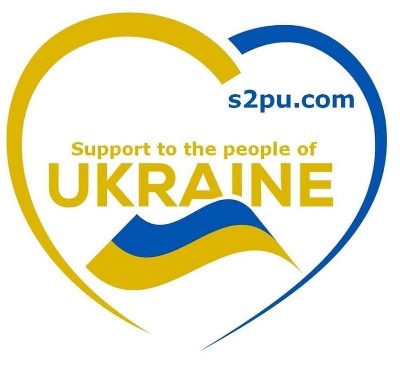
On December 9th 1948 the UN General Assembly adopted Genocide Convention. Soviet Ukraine signed the document in 1949, and in 1954 ratified it.
"Article II" Convention states:
«In the present Convention, genocide means any of the following acts committed with intent to destroy, in whole or in part, a national, ethnical, racial or religious group, as such:
(a) Killing members of the group;
(b) Causing serious bodily or mental harm to members of the group;
(c) Deliberately inflicting on the group conditions of life calculated to bring about its physical destruction in whole or in part;
(d) Imposing measures intended to prevent births within the group;
(e) Forcibly transferring children of the group to another group.»
Raphael Lemkin, the author of the word “genocide” and initiator of the Genocide Convention, called “the destruction of the Ukrainian nation” – “a classic example of the genocide”. In accordance with the UN Convention, Lemkin considered the following items as an integral part of the genocide against Ukrainians: the hunger of Ukrainian peasants, the extermination of the Ukrainian intelligentsia and the elimination of the Ukrainian Autocephalous Orthodox Church.
In Ukraine, the first legal act, which qualified genocide was the Law "On the Holodomor of 1932 – 1933 in Ukraine", passed by Parliament on November 28, 2006. Article 1 of this document states: "Holodomor 1932 – 1933 in Ukraine is an act of genocide of the Ukrainian people.” The law became a political and legal basis for large-scale official investigation of the crime of genocide in Ukraine in 1932 – 1933.
Violating criminal case SSU guided by standards as national legislation and the international treaties which according to Art. 9 of the Constitution of Ukraine and art. 3 of the Criminal Code are part of criminal law.
Addition to UN Convention on the Prevention and Punishment of the Crime of Genocide for it of 1948 it deals with such international legal acts as the European Convention on the Protection of Human Rights and Fundamental Freedoms, dated November 4, 1950, International Covenant on Civil and Political Rights, dated 1966 and The UN Convention "On the Non-applicability of Statutory Limitations to War Crimes and Crimes Against Humanity", dated November 26, 1968.
Resolution of the court found it established that the Holodomor 1932 – 1933 in Ukraine:
- was planned to suppress the Ukrainian national liberation movement and prevent the creation of an independent Ukrainian state;
- was committed by violent seizure of all food from Ukrainian peasants and deprivation of access to have food artificially creating life conditions that led to the physical destruction of the specific component of the Ukrainian national base – Ukrainian peasantry (in Ukraine at that time the vast majority of peasants were Ukrainians, and the vast majority of Ukrainians were farmers);
- was made as one of the stages of the raid against the Ukrainian national group as such, because Ukrainian nation, not the ethnic minorities was the subject of state building and self-determination that could only realize it by the right of the Constitution of the USSR, 1924 to self-determination by the exit from Soviet Union and establishment an independent Ukrainian state;
- was organized by the top leadership of the Soviet Communist regime, important and active role in the crime played seven people.
During the investigation it was proven intent of the Soviet Union leadership to destroy the Ukrainian nation, which is a priority in the proof of the genocidal nature of the crime. The conclusion about the existence of intent to commit genocide and awareness of this can be done with the relevant facts and circumstances. That intention does not have to be clearly stated in the documents or oral expressed in public speeches. It can be argued, based on the facts and circumstances of the crime.

Comments powered by CComment